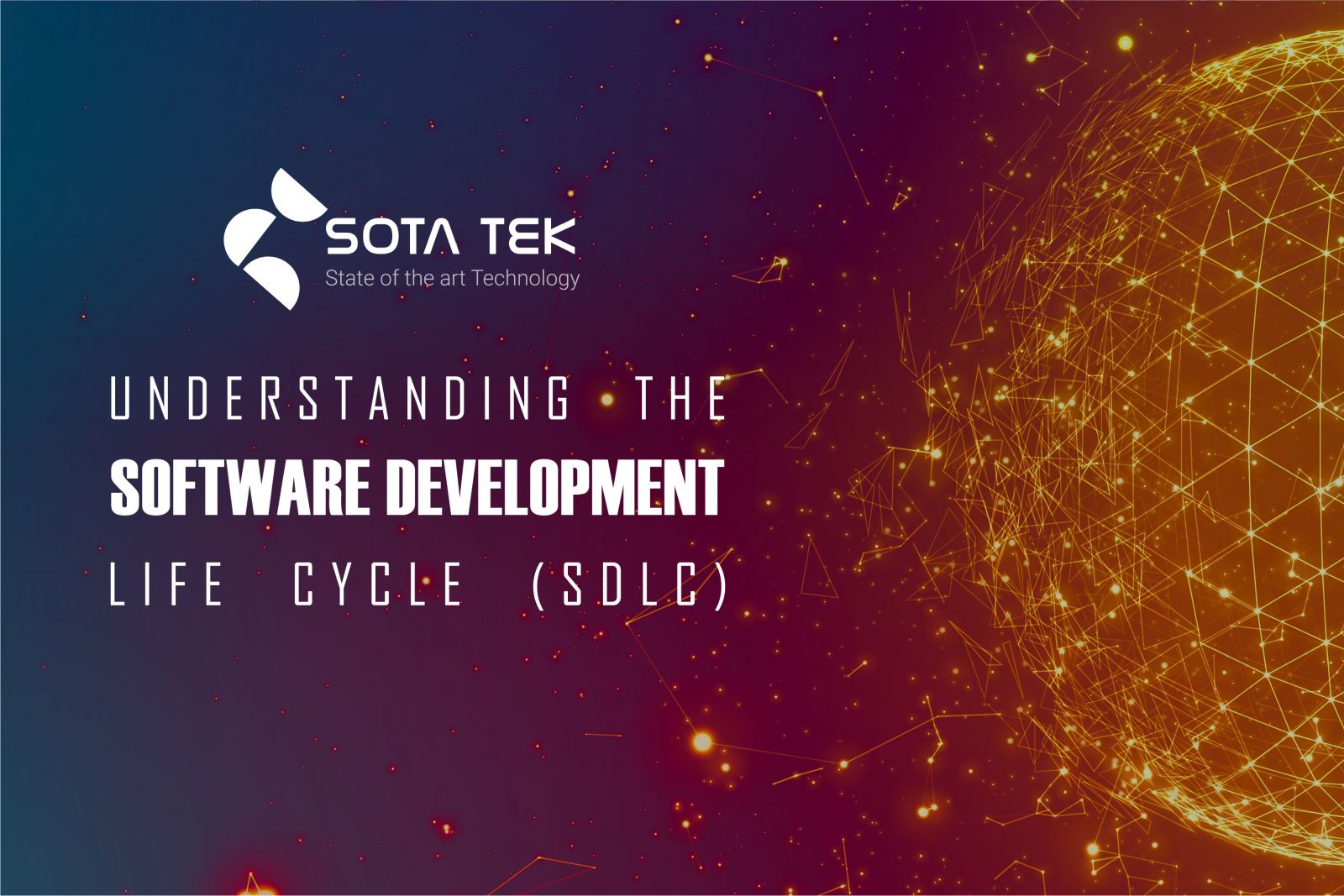I) What is SDLC -Software Development Life Cycle?
Software Development Life Cycle (SDLC) acts as an important framework for creating high-quality software. SDLC is a popular methodology used in software development services, which defines clear processes to be followed, from planning to deploying and maintaining high-quality software.
A typical Software Development Life Cycle consists of the following stages:
● Plan
● Design
● Implement / Code
● Test
● Deploy
● Maintain

II) Why Software Development Life Cycle is important?
The SDLC is widely used among both large and small corporations, simple and complex projects, with varied development models, as SDLC provides a concrete framework for standard activities and deliverables. The cycle gives organizations a step-by-step approach to building successful and sustainable software while optimizing resources and cut costs.
SDLC also lays the foundation for project planning, scheduling, and estimating, facilitating later tracking and control. Moreover, there will be a time the output software would be used to serve external clients, who might not have a solid technical background. In which case, SDLC makes the whole process visible and visualized for all stakeholders involved.
III) 6-Phase Software Development Life Cycle:
1) Plan
The Planning stage, also extended as “Requirements Analysis and Planning”, in various sources, aims to collect all relevant information from involved stakeholders, analyze them to determine what is feasible to meet the requirements.
During this stage, senior members of the team would discuss in detail with customers, team members as well as the sales team, and the domain experts to clarify the requirements for the project. Opportunities and risk anticipation will also be done at this stage. Requirements Analysis is important in the planning stage, as it allows the company to proceed and project timeline for each project.

Upon understanding clearly, the requirements, the team can proceed to define and document all software needed, which consists of everything to be developed in the project.
2) Design
Once the team has successfully all agreed on the requirement set for the project, as well as the final goal for output, the next phase is to specify the Product Design, which answers the question on “How to build this software?”
This Design phase is essential as it serves as an input model for the later phases. The team would sit down together to determine the priority order of work and build a product roadmap.

There are two kinds of design documents developed in this phase:
- High-Level Design (HLD)
● Brief description and name of each module
● An outline of the functionality of every module
● Database tables identified along with their key elements
● Complete architecture diagrams along with technology details
- Low-Level Design(LLD)
● Functional logic of the modules
● Database tables, which include type and size
● Complete detail of the interface
● Addresses all types of dependency issues
● Listing of error messages
● Complete input and outputs for every module
3) Implement / Code
This is the stage in which developers begin building the whole real product by writing code lines in chose languages. The Implement Phase is the longest phase in the cycle, at which tasks can be divided into units and modules, set with appropriate deadlines. Various tools and guidelines will be implemented at this phase.

4) Test
Upon completing the software, the team needs to put this version of the product to the test. The software testing team (also known as QA Team) will examine the functionality of the whole system at this Testing Phase.

This phase aims to guarantee that the whole product works smoothly and aligns with customers’ requirements, as well as to detect any bugs or other potential shortfalls.
5) Deploy
The 5th Phase after Testing will be Deploying the software, which will only be carried out once the software is functional and free of bugs. The final software will be released formally and deployed in the market upon acceptance by the clients.

The product will now be available for all end-users.
6) Maintain
The work does not end by releasing the software into the market, as the team shifts its focus to the maintenance of the running software.
 As customers begin to use the product, feedbacks will be continuously collect to fix, upgrade, or enhance features of the product.
As customers begin to use the product, feedbacks will be continuously collect to fix, upgrade, or enhance features of the product.
IV) Software Development Life Cycle Models
While these phases are the basics of a typical SDLC, there are also many methodologies of SDLC, each with its own twists to fit different project requirements. Listed below are some of the most popular SDLC methodologies, which you can consider for your own projects:
Still wondering which one is the best SDLC for your company?
Contact us today at SotaTek JSC for free consultancy and high-quality software development. We are one of the top Blockchain Development companies that provide Blockchain Consulting Services, including Software Development and Consulting. With an experienced blockchain developer team, SotaTek is confident to offer your businesses suitable solutions with cutting-edge technology and affordable price.
Source: ProductPlan



